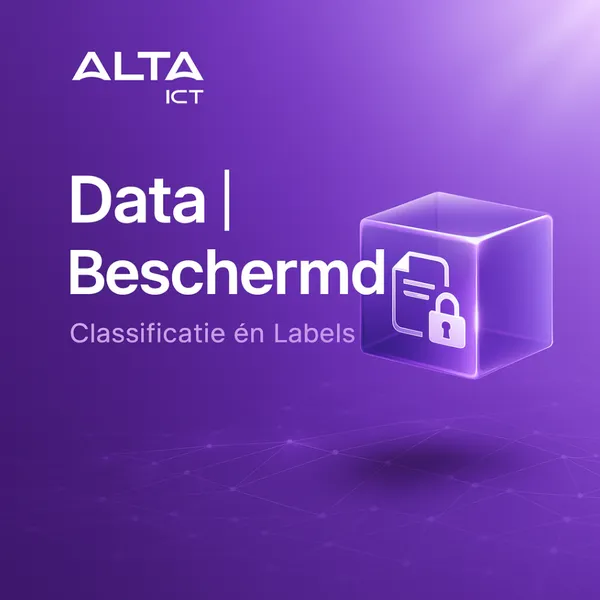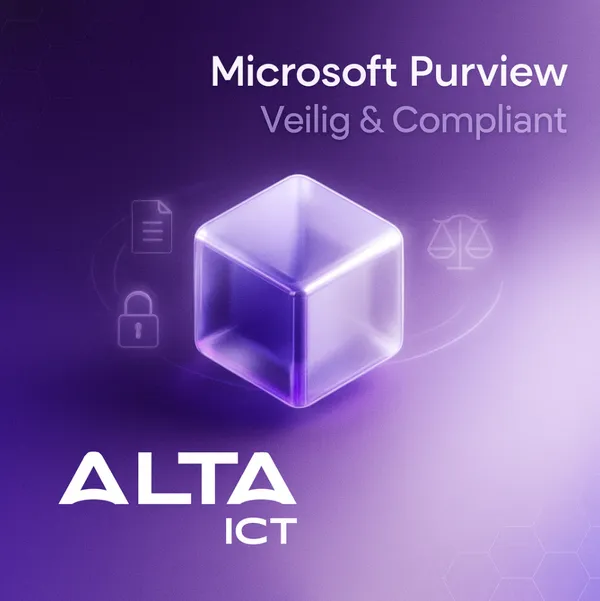
Knowledge base
February 20, 2024
Privileged Identity Management (PIM): A Crucial Security Layer
In today’s digital world, where access to sensitive information and systems is at stake, managing privileged identities is more important than ever. Privileged Identity Management (PIM) plays a crucial role in the security landscape by helping organizations manage, control and secure privileged accounts. This blog post explores what PIM is, why it is essential, and how it can protect your organization from internal and external threats.
1. What is Privileged Identity Management?
PIM is a security strategy and technology that helps organizations manage dedicated, privileged accounts that have access to critical systems and sensitive information. This includes accounts for IT administrators, super users and applications that often have broad access rights. PIM ensures that these powerful access rights are granted only to authorized users, and only when necessary, to minimize the risk of misuse.
2. Why is PIM Important?
Security Strengthen
Privileged accounts are attractive targets for attackers because of their extensive access rights. Without PIM, organizations can lose track of who has access to these accounts and for what purpose, increasing the risk of data breaches and other security breaches.
Compliance Enforcement
Many regulatory requirements and standards, such as GDPR, HIPAA and SOX, require strict control over access to sensitive information. PIM helps organizations meet these requirements by managing and auditing privileged access.
Operational Efficiency Improvement
PIM automates the management of privileged accounts, enabling IT teams to work more efficiently and spend less time on routine security tasks.
3. Core functions of PIM
Just-In-Time Access
PIM solutions provide “Just-In-Time” (JIT) access, meaning privileged access rights are granted temporarily when needed and automatically revoked after the task is completed.
Multifactor authentication (MFA).
For access to privileged accounts, PIM systems often require MFA, which adds an extra layer of security by verifying users with multiple authentication methods.
Detailed Audit Logs
PIM solutions generate detailed logs of all privileged sessions, including user activity and access times, which is essential for security audits and compliance.
Role-based Access Control
PIM allows organizations to assign access rights based on a user’s role and responsibilities, reducing the risk of over-allocation of access rights.
4. Implementation of PIM
Implementing PIM in an organization requires careful planning and consideration. It starts with identifying all privileged accounts within the organization and establishing policies for managing and auditing them. Next, organizations must choose a PIM solution that fits their specific needs and integrate it with their existing security systems and processes.
Conclusion
Privileged Identity Management is an essential part of a robust security strategy. It helps organizations protect their most sensitive systems and information by strictly monitoring privileged accounts. With the right PIM solution and practices, companies can reduce the risk of security breaches, comply with regulatory requirements and improve operational efficiency.
For organizations looking for expert help implementing PIM, ALTA-ICT offers guidance and support to strengthen your security measures. Contact ALTA-ICT to learn more about how we can help you manage and secure your privileged accounts.
Want to know more?

Related
blogs
Tech Updates: Microsoft 365, Azure, Cybersecurity & AI – Wekelijks in je Mailbox.


